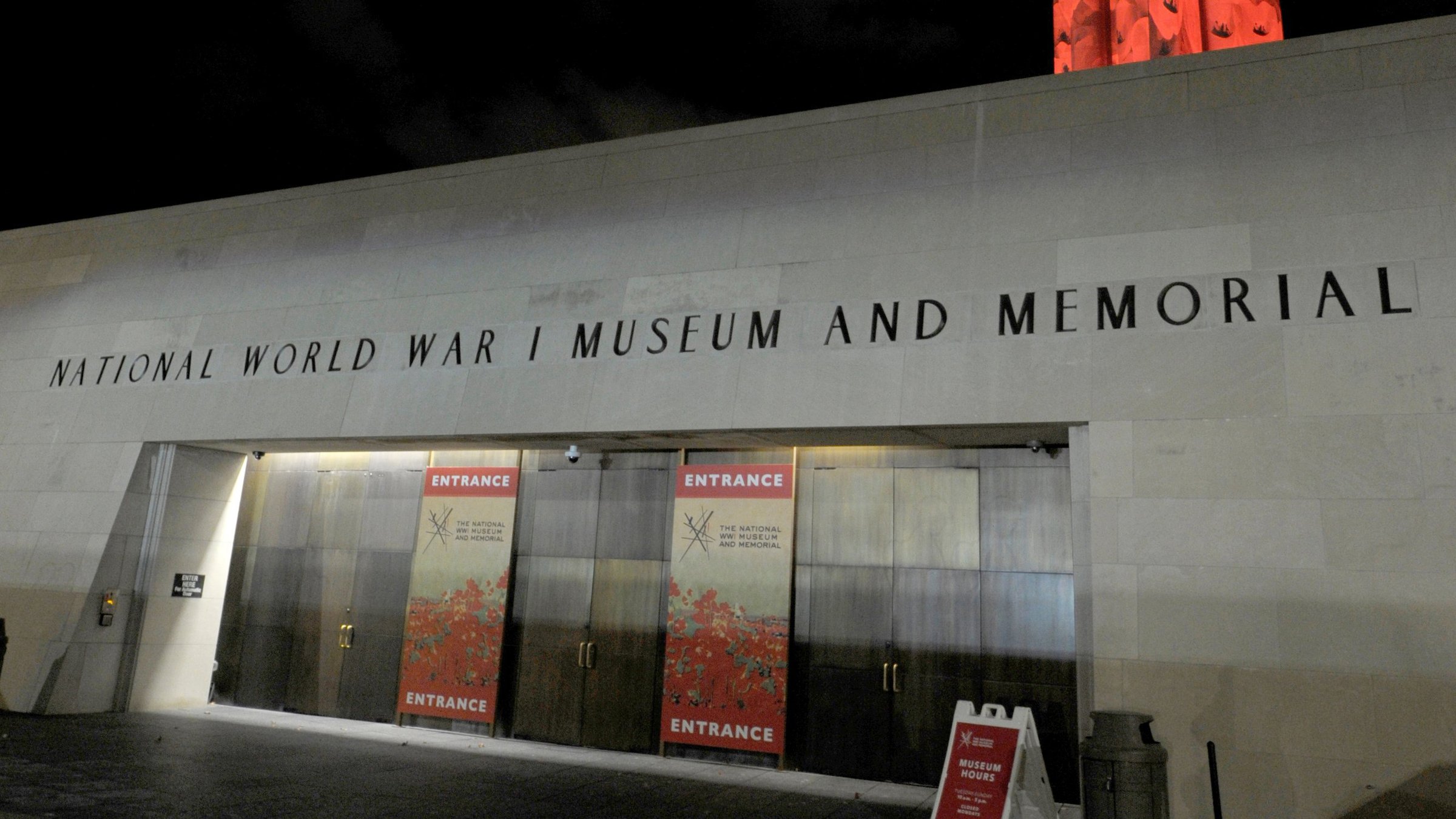(OSV News) -- Bombs, death, trench warfare -- all of the experiences as an Italian military chaplain would forever shape Father Angelo Roncalli's future life and ministry as a priest, bishop and eventually as Pope John XXIII.
That's just one of the many facts that visitors to the National World War I museum in Kansas City, Missouri can learn at the Sacred Service exhibit.
Opened in May 2024, the Sacred Service exhibit commemorates and educates visitors on the critical service that chaplains played during the First World War.
The exhibit engages visitors through displaying a variety of artifacts, multimedia presentations and detailed descriptions highlighting different priests and the history of the chaplain corps in World War I.
While designing the exhibit, Patricia Cecil, the museum's specialist curator for faith and religion in World War I, wanted to tell the story of chaplains' impact on soldiers and the long lasting implications that these developments had on the future of military chaplains.
"The National World War I museum really wants to look at the lesser-known experiences of World War I, the voices that really have not been heard before," Cecil told OSV News.
"Sacred Service is an effort to tell those stories through the lens and experiences of military chaplains, through the experiences of these religious leaders who often were just as unprepared for the war as of the men whom they were ministering to," she added.
As she began brainstorming ideas for the exhibit, Cecil knew that she wanted to convey the transformational impact World War I had on the American chaplaincy program.
"When America's military was professionalizing, growing and scaling to respond to the war, the chaplaincy program realized that they had to do the same," Cecil said. "Prior to World War I, the chaplaincy was only open to Catholic and Protestant chaplains. With World War I, America was more diverse and so the chaplain program began expanding and welcoming more faiths."
Chaplains quickly realized that they provided an invaluable resource to soldiers, serving as spiritual mentors, advisers and as friends.
"You can only imagine the spiritual weight a soldier would feel if he was about to die or he might have to kill someone," Cecil said. "The sacraments became incredibly meaningful for service members so these chaplains provided a great service in celebrating the mass or hearing confessions or just being a person that would listen."
When the soldiers marched into battle, the chaplains often followed in their footsteps. While most did not bear arms, many chaplains went into battle with their outfits, providing a variety of services to the men on the battlefield.
"These chaplains would be stretcher-bearers, they would give out medical aid during the battle," Cecil said. "They would stay or return to battlefields after the battle had ended and they would go through and identify bodies, write letters to families, mark places of burials and graves, and bury the dead."
The mobilization of the chaplaincy program extended to include the laity, as Catholic volunteer and charitable organizations contributed to the spiritual war effort by sending more chaplains or resources, such as supporting canteens that provided commodities to soldiers.
"Many volunteer organizations arose and responded to the call for assistance," Cecil said. "The Knights of Columbus started sending their own Catholic chaplains, who then are organizing canteens. World War I really saw faith organizations, not just chaplains, step up to support soldiers and chaplains."
When designing the exhibit, Cecil wanted to help visitors experience the war in the most vivid way possible, both through the physical artifacts and through the exhibits design.
While constructing the exhibit, Cecil designed one room to look like a bombed out French church with shattered stained-glass windows, an "imploded" entryway, and a wall-sized photo of the bombed out apse of a church from World War I.
The exhibit contains multiple Mass kits, vestments and other sacred objects used by chaplains during the war.
"On their own, these objects are so beautiful and they are instilled with such spiritual meaning," Cecil said. "But to think about what these objects experienced. Through these objects, service members were encountering the Lord in the most unlikely places. These Mass kits could be used so that Mass could be celebrated in a bombed out barn or on a hillside. The priest just gets out their Mass kit, and it has everything that they need to celebrate the Mass even in these places of absolute horror."
For Cecil, though, it is the stories of the chaplains interwoven throughout the exhibit that make visiting the museum a powerful experience. For Cecil, the story of Father Angelo Roncalli, the future St. Pope John XXIII, as a chaplain holds particular significance.
"Father Roncalli walks away from World War I realizing that war is complete agony and our mission on earth is to help people," Cecil said. "He then goes on to help thousands of people escape the Holocaust during World War II, and then he calls for the Second Vatican Council, which radically alters the Catholic Church so as to make the church more responsive to the needs of a modern laity."
"All of these saintly moments were influenced deep down from his experiences in World War I," she said. "So it's crazy how the experiences of one person in war can be utterly transformational."










